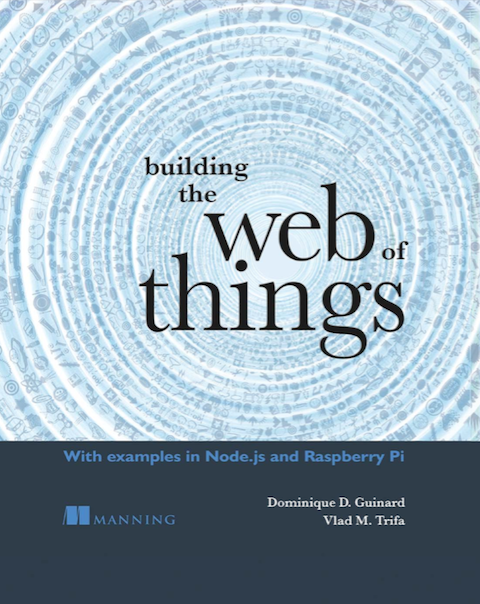ARM to lead the IoT?
It’s very exciting for us to see all the noise (& reposts) or the ARM Cortex-M0+ processor (aka. the “flycatcher”) that was unveiled yesterday. Branded as the world’s most energy-efficient microprocessor it is optimized to deliver high performance (with a 32 bits architecture!) for a very low power consumption, which makes it the ideal chip for intelligent sensors and smart control systems in a broad range of applications. In other words, the ideal chip to power the Web of Things.




